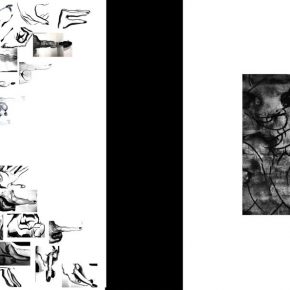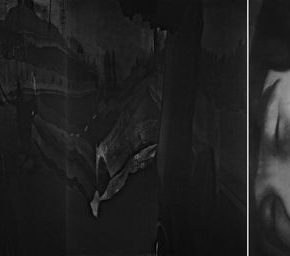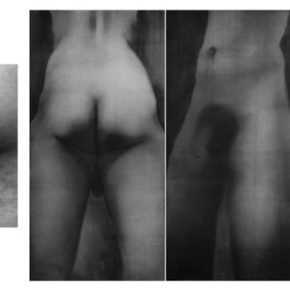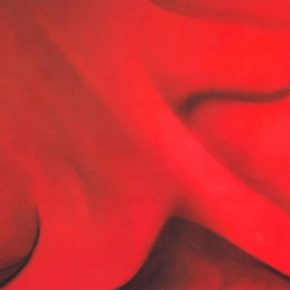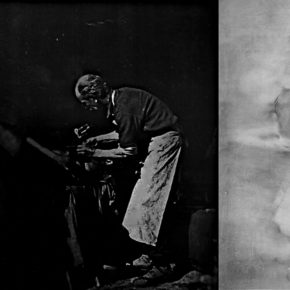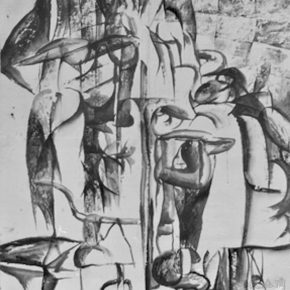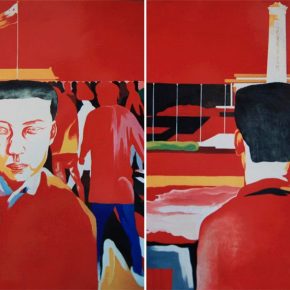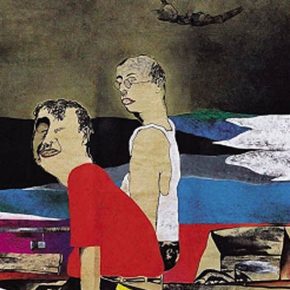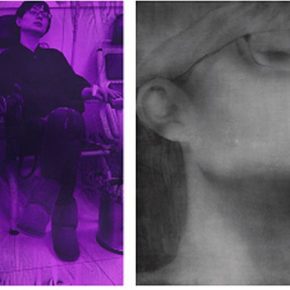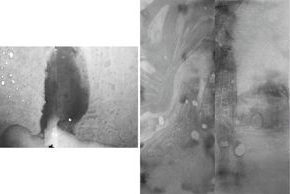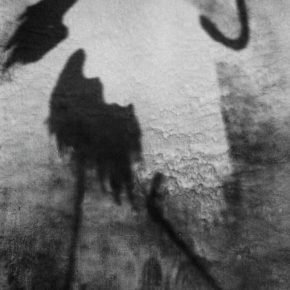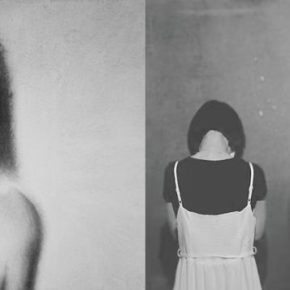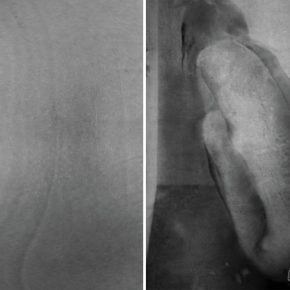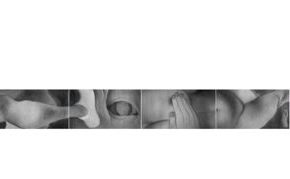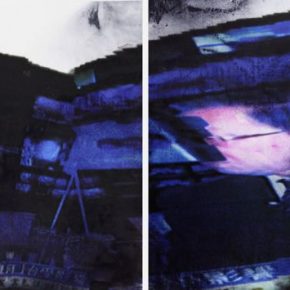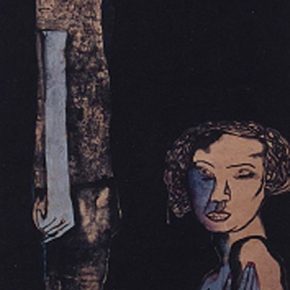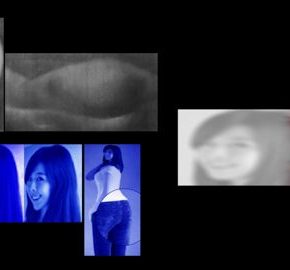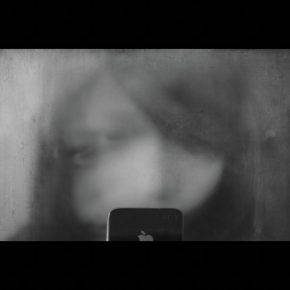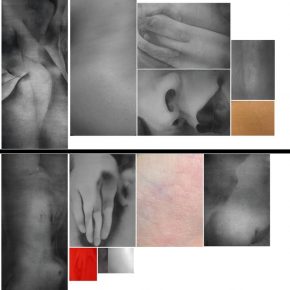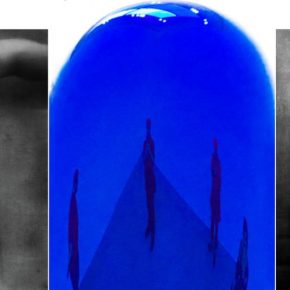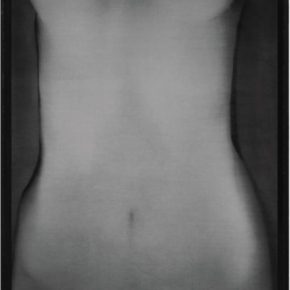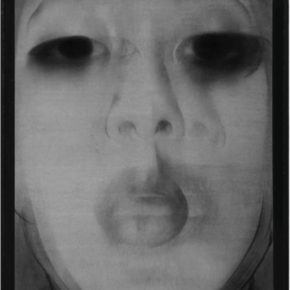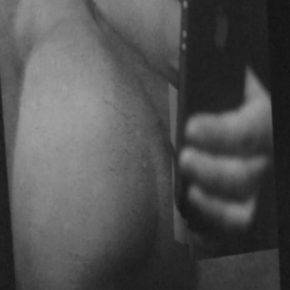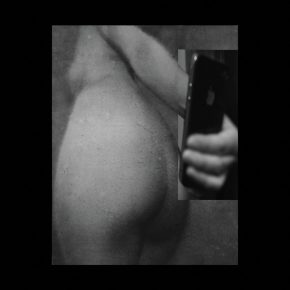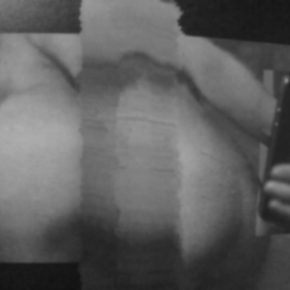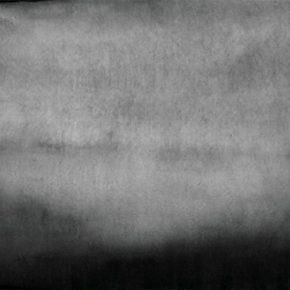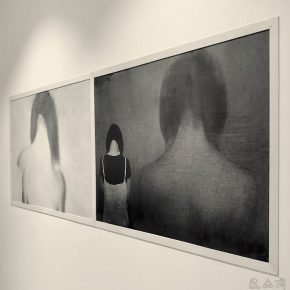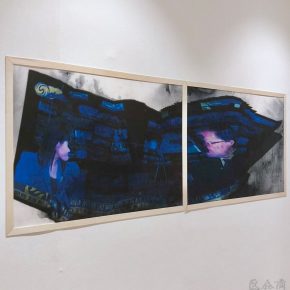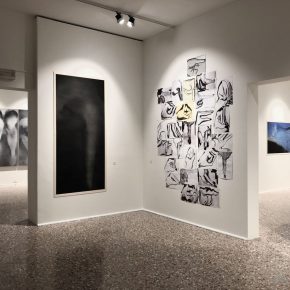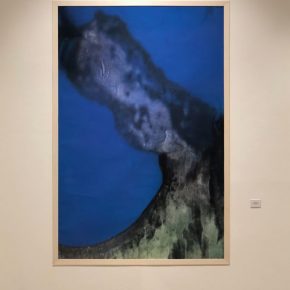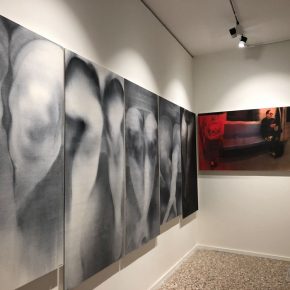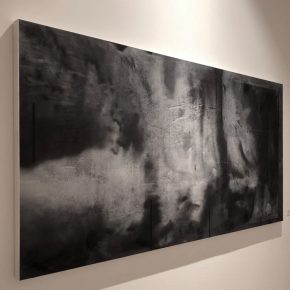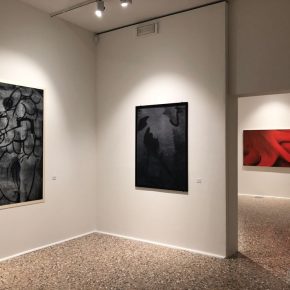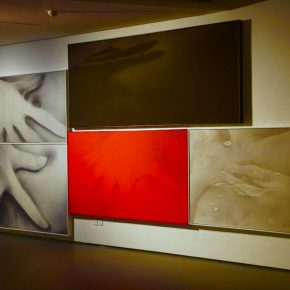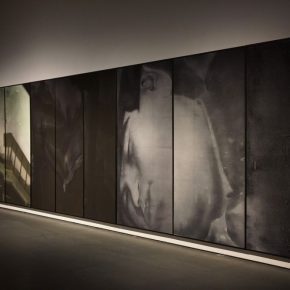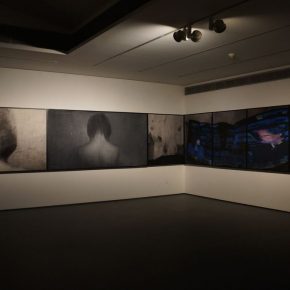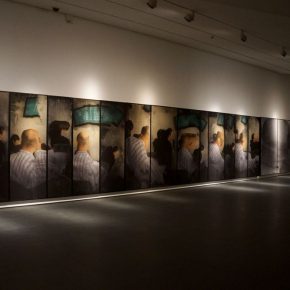
From July 21st?through to September 20th, “Just Now—Contemporary Images and Ink Painting Conception: Cai Guangbin Solo Exhibition” was held at Fondazine Querini Stampalia in Venice, which showcased his important representative works as well as his latest experiments over recent years. Since the 1990s, Cai Guangbin has continued to conduct his individual exploration with new cultural concepts and visual experiences, thus he has made complete transformation into concepts, images, methods, techniques of ink and wash within traditional Chinese art traditions. He is one of the beneficial practitioners who promotes?Chinese ink and wash art to the international world in the process of China’s modernization. The “image ink art”?he has explored represents the latest achievements in Chinese ink and wash painting during the transition to the contemporary era, which has important academic value.
Interviewer: Zhu Li, Editor-in-Chief of CAFA ART INFO (CN)
Interviewee: Cai Guangbin, Contemporary Ink and Wash Artist
It is a condensed version from the original interview conducted in Chinese. It is edited and translated by Sue/CAFA ART INFO.
I. About the exhibition“Just Now”
“Exactly at the moment when one feels complete?with the?ego, it hits the point in the mind.”
Zhu Li: In the solo exhibition which is held at Fondazine Querini Stampalia in Venice, “Just Now”?mainly showcases three series of works which were created over the last two years, would you like to introduce the relevancy between these series of work? What’s the significance of this exhibition for you?Cai Guangbin: Most of the exhibits included in this exhibition are an extension of my solo show in the United Art Museum in 2017. It could be said that these three series were related, their creative ideas were based on the manual texture of “images”. After the images are “digitalized”, I paint them with the technical language?of ink?or create a collage. In fact, “Chinese Mountain”?belongs to “Grotto Mountain”?series and other related works originate from the murals in the Mogao Grottoes. Specifically, it is the “triangular mountain with three colors”?as summarized and painted by my predecessors. After that, I sum up and concentrate on the most characteristic “mountain”, which I called the “Chinese Mountain”.
Personally I think my ink and wash exhibition at Fondazine Querini Stampalia in Venice?demonstrates my gestures. Although it’s a solo show, but it is on display to the West in a contemporary ink and wash way, which is quite Chinese.
Zhu Li: “Just Now”?is a philosophical term with rich and broad significance. It refers to the present and an existence while it contains the past and future. How do you elaborate on the title from your perspective?
Cai Guangbin: “Just Now”?which?is based on the theme of my work with my specific expressions. Most of them expressed what I thought “just now”. This is indeed a matter of personal psychology, and the subtitle of my exhibition seems to be a bit spouting. But I have to emphasize that in the face of the West, even in China, the contemporary pursuit of an ink and wash context , it is still worth exploring today.
II. Personal Experience/Consciousness
“There is a group of vague and heavy things?which I have experienced ?over the years, something spiritual that lingers in my mind.”
Zhu Li: Before we talk about specific works, I would like to know the reason why you still adhere to the category of ink and wash rather than any “sharper”?form of creation after you have experienced the trends? As a student, have you received any influence from domestic and international artists during this period?
Cai Guangbin: After I have experienced trends in fine arts in 1984 and 1985, as well as those in the late 1980s, I did not think installations, videos and performances at that time were more meaningful than ink and wash materials or paintings. On the contrary, the re-recognition of ink and wash materials and research using individual language which is still quite important in China. The national identity behind the ink and wash as well as the cultural extension have prompted contemporary artists to reflect on the position of the Eastern nature and Chinese power in contemporary art. More importantly, the modernization of ink and wash is not a simple issue about ink, but an internationally cultural renewal and integration.
III. Creative Language/Technique/Form
“A kind of visual language emerges when a work itself touches and has some sense of circulation.”
Zhu Li: One of the most striking linguistic features in your creation is the combination of ink and moving images, to create a new aesthetic taste and ink pattern. Actually, many artists use pictures shot by smart phones as their reference. What do you think is unique to you? What is the relationship between images and ink in your work?
Cai Guangbin: Phone shooting has become a popular lifestyle today. For me the meaning of the phone camera has already become a part of my concept in creation. Discovery and selection during the filming process, which used to be my way of creation in my early period. I have?made?surprising discoveries through them, the images reproduced can represent ?“social perception and humanity issues”. After multiple subjective creations, the images are juxtaposed or combined with hand-painted ink works, there will be a mutual complement between concepts and forms. When the viewer appears in and out of the phone, this kind of spatial relationship and visual language is also interesting. This visual space in psychology is very important to me.
IV. Creative Concept/Theme/Direction
“For me there is a contemporary nature?that?has not existed in the history of ink and wash painting before: from the imagery itself to construct the contemporary value of the work.”
Zhu Li: On the contemporary issue of ink and wash, you emphasize the process of conceptualization of ink and wash rather than the experiment of technical forms. On the other hand, is it necessary to study the ink painting technique or the manual feeling itself as the bearing of the spirit? The pan-idealization of contemporary art must point to the universal materialization, that is, any painting or ready-made material can express certain artistic concepts. So how does ink and wash become ink (how to define ink, what is the cultural characteristic of ink)? Are we fundamentally different in discussing the contemporary nature of ink painting or the contemporary nature of other art forms?
Cai Guangbin: The contemporary issue of ink painting must start from the concept, but?also?the corresponding art form: ink painting technique and expressive state, that is, “manual feeling”?must follow soon. For me, there is a contemporary nature that has not existed in the history of ink painting. From the image itself to the contemporary value of the work, then consider the technical problems of ink and wash, and enlarge the pattern, not just ink works, but including contemporary artworks, which is quite important. There are several stages in this process of comprehension. One is the “manual image”?that Li Xu proposed in our conversation in 2003, and then the “image ink”?proposed by Lu Hong, which Pi Daojian also agreed with. The statement, while Chen Xiaoxin believes that “ink and image”?is more appropriate, I personally think that from the perspective of contemporary art, we should emphasize the integration of “manual ink painting and image painting.”?The process of hand-painted ink painting is based on traditional handicraft techniques, using this manual ink?process?to paint image-like subtle ink changes. This is a key point for me. I hope to use it to break through the limitations of traditional ink painting and establish an integrated relationship with contemporary art. It is not only from the concept and technology, but also from the perspective of the visual culture to combine with contemporary?art. Art is in harmony, just as painting master Rothko?abandoned the oil brushes in his late painting practices, and I basically gave up the use of the brush, using my own understanding and familiar tools to create today’s ink and wash conception.
I would not agree to any form of painting and ready-made products can express certain artistic concepts. What is the concept? Is it true that copying others and simple material presentations?are the concepts? Perhaps by using materialization as an idea, we have to argue whether it is correct or not. The definition of concept in each era should be different. I think that contemporary art and contemporary painting should be based on current cultural thoughts. Whether it is catering to the era or deliberately breaking away from it, what is of concern should be the relationship between the individual and this era, not a simple space or image effect.
And how to define ink and wash as well as its cultural characteristics? In the cultural turning point of the 1990s, the introduction of ink and wash was of epoch-making significance. The definition and characteristics of ink and wash are derived from traditions. The superposition of ink and wash also strengthens the Chinese cultural attributes of materials. The contemporary nature of ink and wash is essentially different from other contemporary art forms. This is related to national identity and the heritage of Chinese traditional culture.


